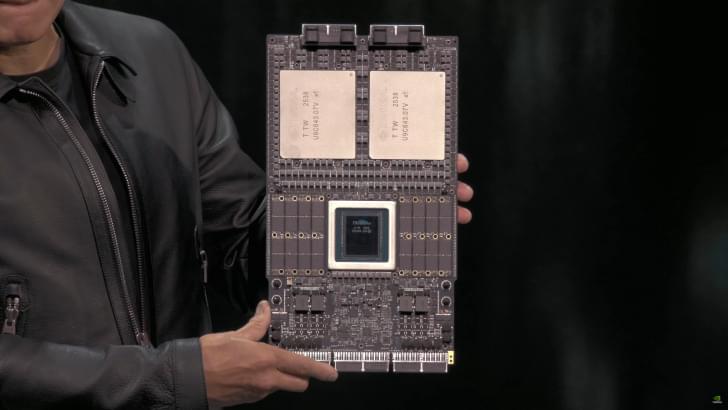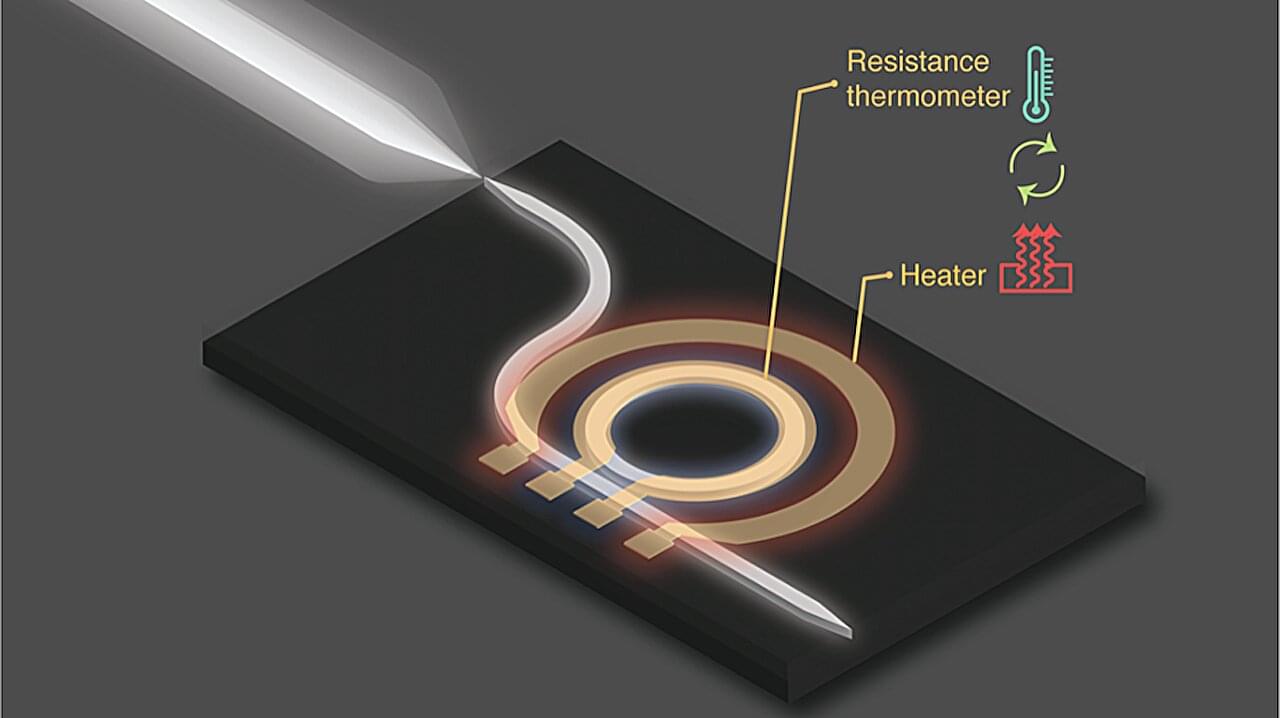The most recent incarnation of Microsoft’s long-running flight simulator series is a genuine marvel, whether you fancy yourself an ace pilot or just want to crash spectacularly into the Eiffel Tower. Speaking more to the former instinct, Microsoft is teaming up with Boeing to put that high-fidelity simulation to work in a virtual training program for novice pilots.
As noted in a press release from Boeing, the Virtual Airplane Procedures Trainer was announced last Thursday at the European Aviation Training Summit in Portugal. The release notes the new program is “powered by Microsoft Azure and Microsoft Flight Simulator,” and is “designed to empower pilots and flight training teams with immersive, accessible and customizable tools that elevate pilot learning and readiness.”








